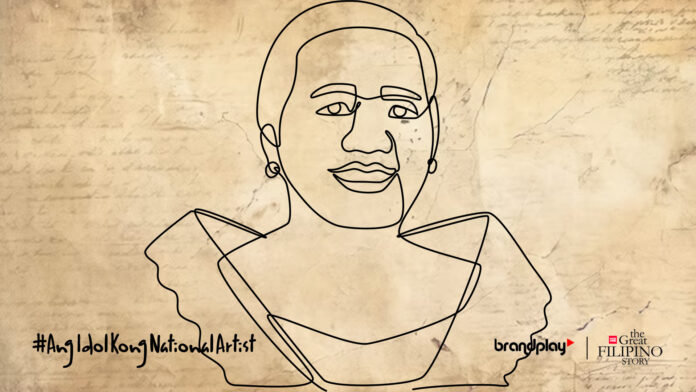Among the rich tapestry of Filipino cultural heritage, a few individuals come to mind as key figures in preserving and promoting traditions that make up the Filipino culture. Known as the “Mother of Philippine Dancing,” Francisca Reyes-Aquino, through her studies and teachings on traditional folk dances, devoted her life to preserving Filipino heritage.

Born in Bocaue, Bulacan, Reyes-Aquino was raised during a period of significant cultural change brought by the Spanish and American colonization. It was the influence of the Western culture on traditional dances that ignited her concern towards the indigenous practices that were at risk of being forgotten or reformed, which would later inspire her most notable works and her legacy as the first declared National Artist for Dance.
Reyes-Aquino’s passion for the rich folk culture of the Philippines grew during her time as a student assistant for Physical Education at the University of the Philippines, due to her exposure to the art form. She led a small team of researchers to journey across different rural communities, including the barrios located in Central and Northern Luzon, to observe, document, and study their traditional dances, songs, and other practices.
Among the folk dances she encountered during her cultural research was the Tinikling and the Cariñosa. The Tinikling is a traditional dance from Leyte that mimics the movements of a tikling bird on two bamboo poles in dodging farmers’ traps in rice fields. The Cariñosa, on the other hand, is a courtship dance from the Hispanic culture, showing a blend between the indigenous and colonial influences. She also discovered and revived the Maglalatik, Lubi-lubi, and Polka sa Nayon, as documented in her books.
She concluded her research titled “Philippine Folk Dance and Games” in 1926, which helped the academe to recognize the “unrecorded forms” of local dances and rituals. Beyond her contributions to the preservation of the traditional dances, her influence also allowed traditional folk dances to be added to the Physical Education curriculum of the Philippines, allowing young Filipinos to learn and appreciate their cultural heritage. In the process, she also spent time conducting seminars and workshops for fellow educators on how to properly integrate these folk dances to their classrooms.
Reyes-Aquino’s work as the “Philippine Folk Dance Pioneer” in taking big steps into preserving the country’s cultural heritage has earned her the recognition of being the first Filipina to be declared as a National Artist for Dance in 1973. This title has further cemented her legacy as one of the nation’s pioneers, ensuring that traditional dances remain a staple in schools, festivals, and cultural events. Additionally, it has inspired other folklorists and dance scholars to follow in her footsteps, continuing her mission to preserve traditional folk dances for future generations. More importantly, her work also signifies the importance of cultural preservation.
Reyes-Aquinio strongly believed that, “Heritage must not be sacrificed for progress.” Despite the threats posed by modernization, each Filipino must not forget the true value of their own cultural heritage and identity. Her life’s work and her legacy is a testament to how big steps are needed in order to protect the Philippine culture from any form of distortion.





